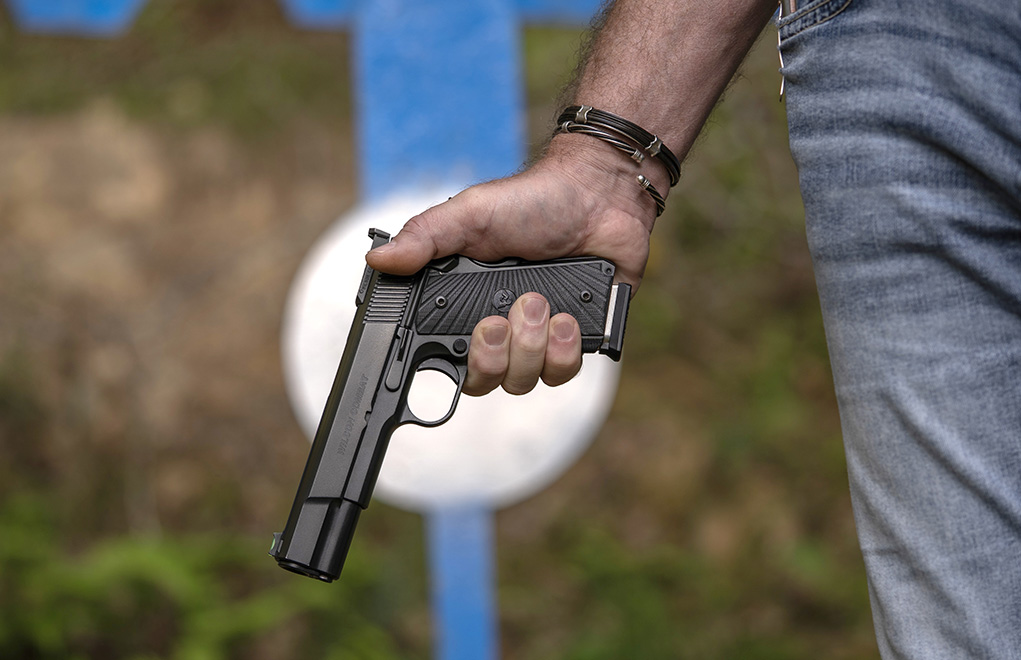Here we discuss why the legendary 1911 pistol is still going strong over 100 years later with no sign of slowing down.
“To all whom it may concern: Be it known that I, John M. Browning, a citizen of the United States, residing in Ogden, in the county of Weber and State of Utah, have invented certain new and useful Improvements in Firearms, of which the following is a specification, reference being had to the accompanying drawings, forming a part hereof.” Those are the first words on a patent application submitted on February 17, 1910. Patent #985,519 was subsequently issued on February 14, 1911, for what would become known as the 1911 pistol. That was 114 years ago, and manufacturers are still making, and shooters are still buying, pistols based on that patent.
It might seem irrational that a century-old pistol design remains so popular in this modern world. But there are reasons for this. Mike Barham at Galco Gunleather told me, “Galco sells an enormous number of 1911 holsters every year. The 1911 endures as a carry gun because it’s slender and flat. This makes it easy to carry … that svelte 1911 just tucks away in a good, concealed carry holster.” But that’s not the only reason the 1911 has remained relevant for 114 years. But first, some history.
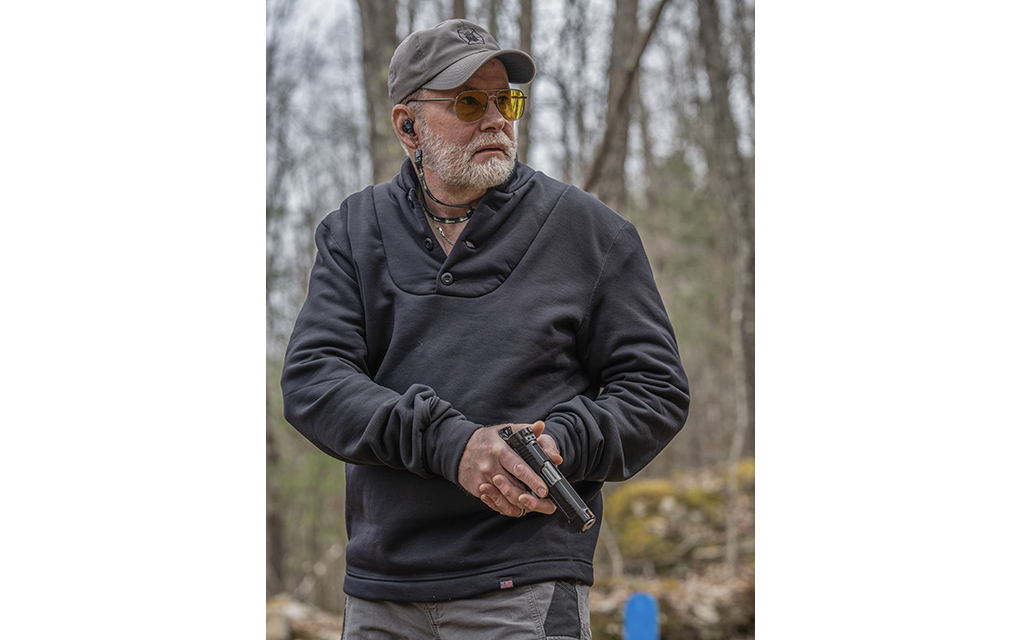
A Brief History Of The 1911
Browning designed the 1911 for military consideration, complying with the stipulation that it fire a bullet of not less than 0.45-caliber and that it must utilize the semi-automatic mode of operation. Based partly on a 6,000-round failure free test, in March of 1911 the Army adopted it as the “Model of 1911,” and it saw service in World War I. The Army, however, requested some changes they incorporated in 1924. This updated version was known as the 1911A1, and it served the Army throughout World War II and beyond.
The next major change came in 1949 and was known as the Colt Commander. This pistol was identical to the 1911 in operation but had a shorter—4.25-inch opposed to a 5.0-inch—barrel and a shorter slide. The Commander is also noteworthy because it was the first mass-produced American-made pistol with an aluminum alloy frame, and the first American-made pistol chambered for the 9mm Luger/Parabellum cartridge. In 1970, Colt introduced a steel-framed version of the Commander.
Detonics created a 1911 with an even shorter 3.5-inch barrel with a matching slide and a more compact frame in 1976. It was a compact version of their Combat Master 1911. In 1985, Colt introduced their version of this littlest 1911 and called it the Officer’s Model. This pistol would morph into another 1911-style pistol known as the CCO or Concealed Carry Officers Model, which had the compact frame of the Officers Model but the 4.25-inch barrel and slide of the Colt Commander.
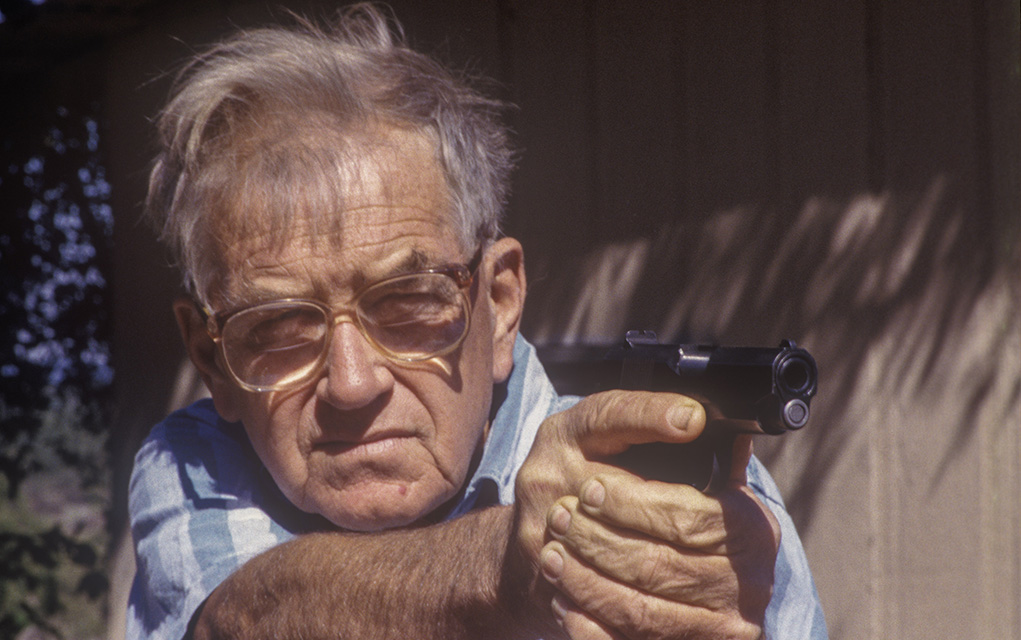
Ironically, at about the same time Colt introduced their smallest 1911, a company from Toronto, Canada, known as Para-Ordnance would offer the largest. Para’s 1911 pistols were known as “double-stacks” because their wider magazines would hold twice as much ammunition. They were immensely popular for competition.
Additionally, in 1976, Jeff Cooper founded the American Pistol Institute, which would become Gunsite Academy. Cooper was a strong proponent of the 1911 and preached its virtues at his school and in the magazines he wrote for, and a lot of shooters were listening. This is all very important because the wide array of 1911 pistols we have today, manufactured by so many companies, in and outside the United States, can trace their heritage to one or more of these four early versions, and in no small way to the 1911 legend Cooper helped create.
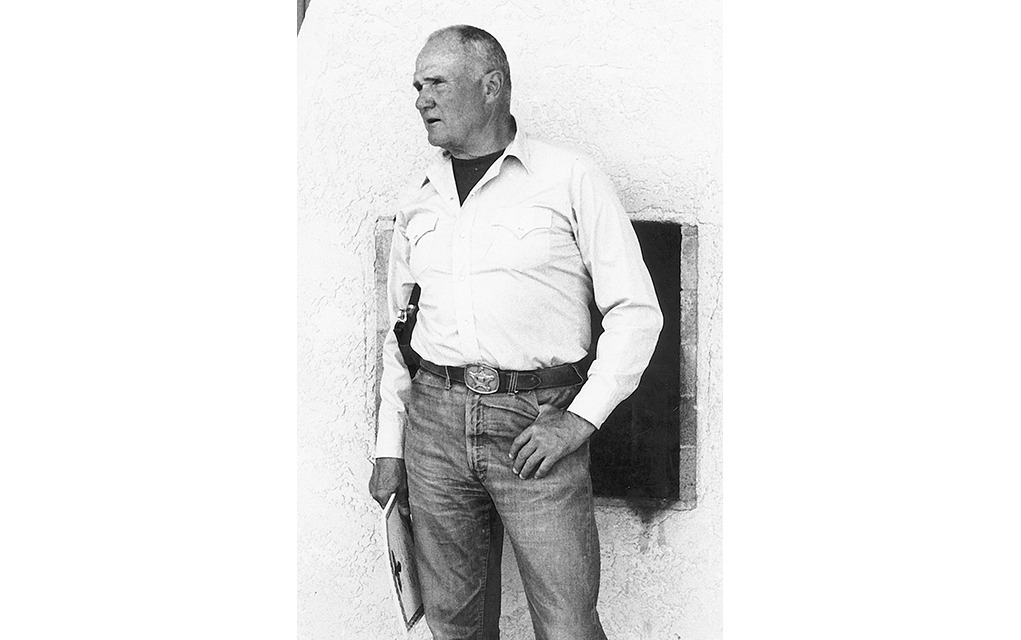
But we cannot overlook the influence of Cooper. Cooper and his school were significant in the continuing legacy of the 1911 pistol. Ken Campbell, the current CEO of Gunsite Academy told me, “The 1911 is a tried-and-true design … it makes me smile to see the youngsters of today with their 2011-style pistols realizing and recognizing the simplicity and accuracy of shooting a 1911 platform.”
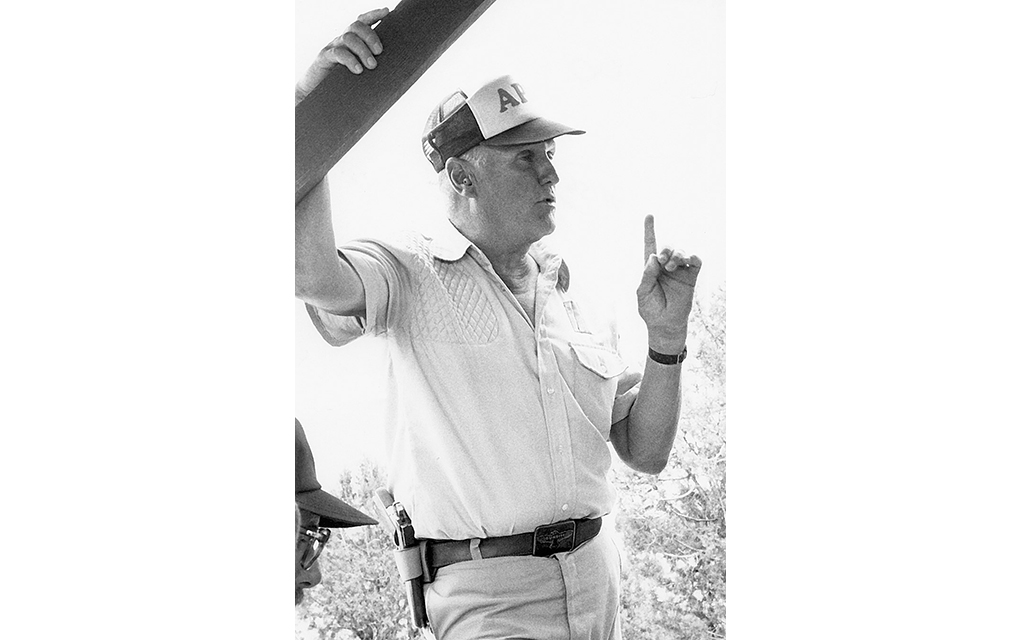
The 1911’s Appeal
One of the best ways to track the modern history of the modern 1911 is to look at Wilson Combat, the oldest and largest manufacturer of custom 1911 pistols in the world. Founded in 1977 by Bill Wilson, who started customizing 1911s to help him perform better in competition, the company now offers everything from customized classic 1911s to their newest 2024 pistol—the Division 77 P1—which is a 2011-style, high-capacity, aluminum-framed, modified 1911 design with a ported barrel and slide. As an example of the 1911’s continued popularity, the same day Wilson Combat announced their new P1, dealers purchased every pistol available.
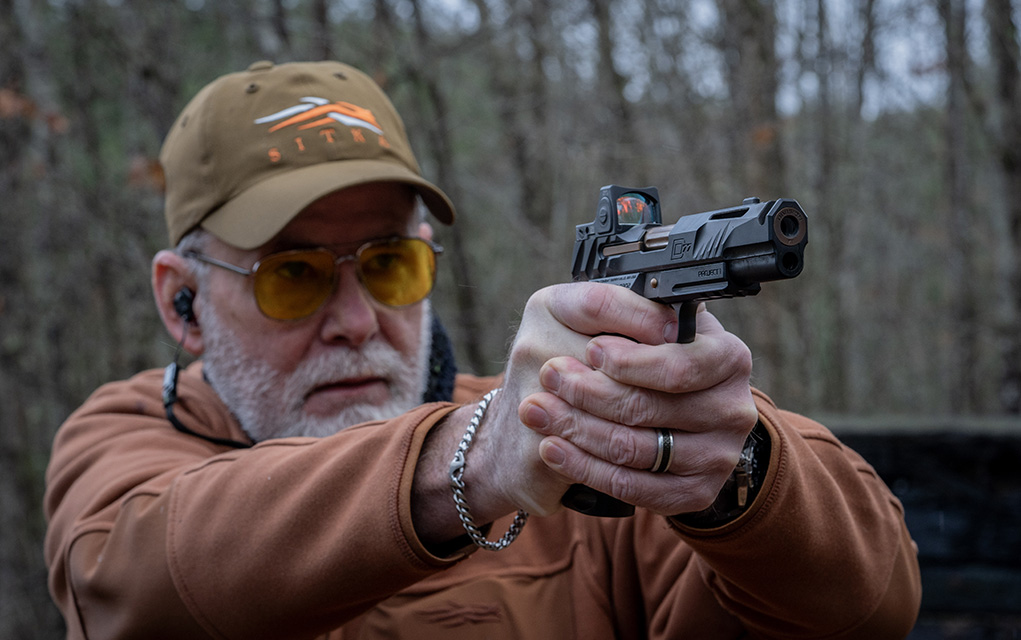
I asked Bill Wilson his thoughts on the 1911, “The 1911 platform pistol is more popular than ever. I believe this is due to the following factors: Reliability, durability, inherent accuracy potential, excellent trigger pulls and nostalgia. I’m not aware of any pistol design that is as durable as a 1911, I’ve seen guns with well over 100,000 rounds through them that are still fully serviceable, having only required minor parts replacement through the years.” Let’s look a bit deeper into these factors to better understand the gun’s appeal.
Reliability: Some early 1911 pistols could have issues feeding jacketed hollow-point bullets, but after more than a century of tweaking, manufacturers now know how to make 1911s run reliably regardless of the ammunition. Reliability is also a product of magazine quality, and if you use good magazines in a modern 1911, it will sing like a sewing machine. All modern 1911s need to run reliably are good magazines, a little lubrication, and to not be neglected.
Durability: It’s unlikely a 1911 will ever wear out. The extensive slide to frame contact, solid lockup and slide geometry all contribute to the pistol’s ability to withstand continuous use. A well-made 1911 will last your lifetime and for the lifetime of whomever you bequeath it to. My oldest 1911 is nearly 40 years old. It was my competition pistol and has thousands of rounds fired through it. It’s still reliable, and it still shoots better than I can.
Accuracy: How well can 1911 pistols shoot? Well, that depends on manufacturer skill and the tolerances allowed. When I was working with the West Virginia National Guard pistol team, I evaluated 50 GI-stock 1911A1 pistols. Some shot better than I could and others, not so well. But a modern well-made 1911 can outshoot any user. Wilson Combat routinely guarantees their 1911s will group into less than an inch at 25 yards. It has a lot to do with the barrel and the slide to frame fit, but the excellent trigger is a big part of the equation.
Excellent Trigger: Unlike most every other pistol ever made, the 1911 trigger does not pivot, it moves straight to the rear. This means your trigger finger’s interface with the trigger does not change through the very short trigger press. When properly tuned, with a light pull weight, no creep, and minimal overtravel, the 1911’s single-action operation and straight in-line trigger movement makes it the best pistol trigger ever fashioned.
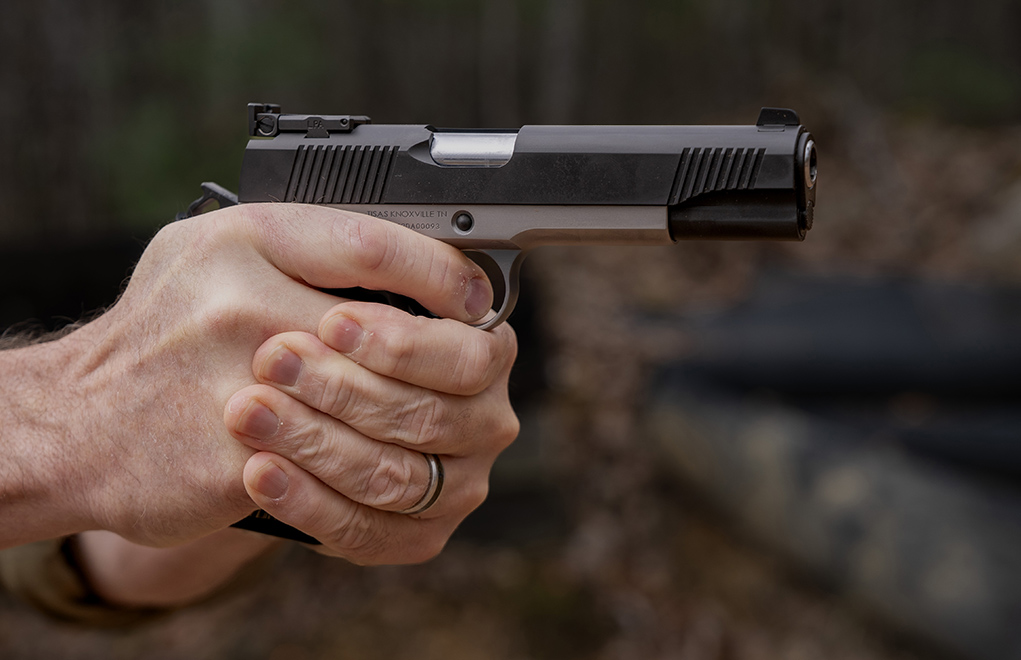
Nostalgia: No other pistol has the legacy of the 1911. It served our military from 1911 until the Beretta M9 replaced it in 1985. After that, the 1911 still remained in the holsters of some elite units. It fought in two World Wars and served in Korea and Vietnam, where countless American GIs learned to trust it to keep them alive. It also dominated early pistol competitions; Ray Chapman won the first 1975 World Shoot with a 1911. Ken Hackathorn is one of the most experienced firearms trainers I know, and he still trusts the 1911. Hackathorn told me, “Certainly, no other USA handgun has had the legacy of the 1911. Even after 114 years, it remains a tool that, in the hands of a competent person, will get the job done. Can’t get more American than that.”
Customization: There’s another aspect to the appeal and nostalgia of the 1911 that rings true with many shooters. An aspect Wilson probably knows better than anyone. The 1911 is a pistol made of metal. In your hand, it feels like a pistol as opposed to a toy. It’s one of the most customizable pistols every made. You’ll never see a modern poly-framed pistol outfitted with hand-checkered Cocobolo wood grips, and no modern pistol looks as good as an engraved 1911.
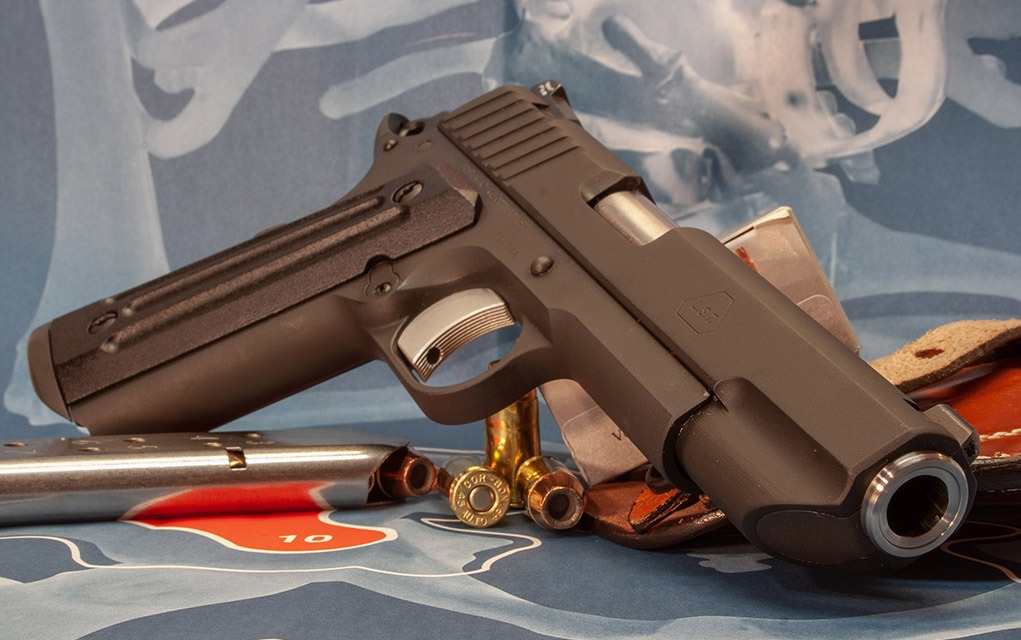
The Future
Unless aliens take over control of Earth, or unless the need for citizens to arm themselves for personal protection vanishes, the 1911 will be with us for the foreseeable future. I’m also confident that the pistol will continue to evolve. Wilson Combat has already shown how this can happen with their EDC-style frame that has abandoned the grip safety, as well as their most recent pistol, the high-capacity and ported P1.
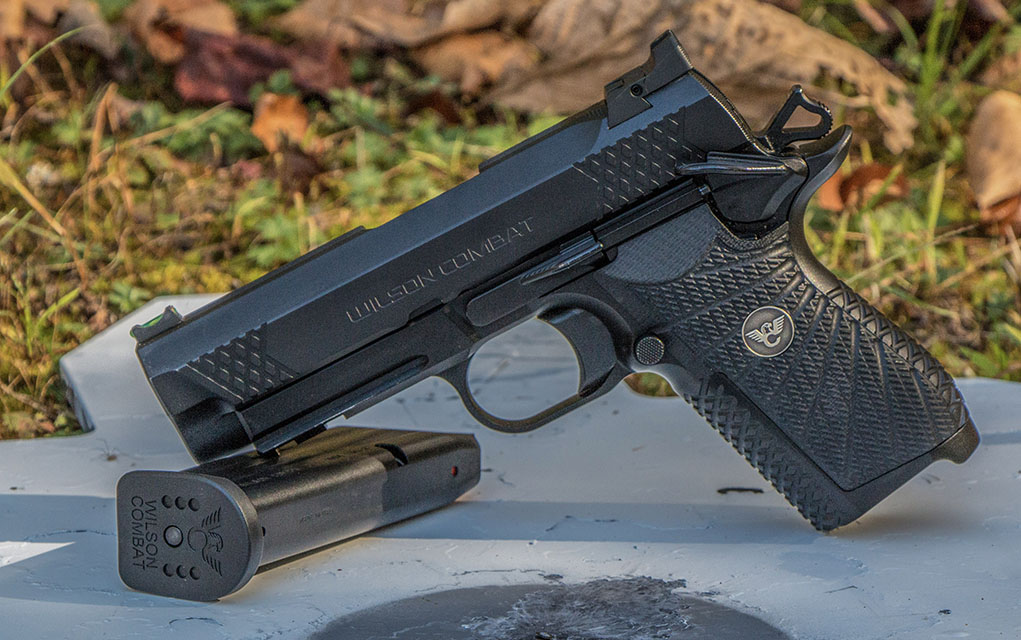
In 1917, Ford introduced the Model TT, which was arguably the first pickup truck. We’ve all seen how the pickup truck has evolved, just compare a Model TT to a Tesla Cybertruck. More fortunes have been made and lost by building, modifying, and using 1911 pistols than any other handgun. There’s no reason to expect any of that to change, and as long as we have pickup trucks, we’ll have 1911s. This all reminds me of the words of singer-songwriter Robert Earl Keen, “The road goes on forever and the party never ends.” The 1911 is a multigenerational pistol, and its story is a long way from its end.
Editor’s Note: This article originally appeared in the March 2025 issue of Gun Digest the Magazine.
Raise Your 1911 IQ:
Read the full article here

